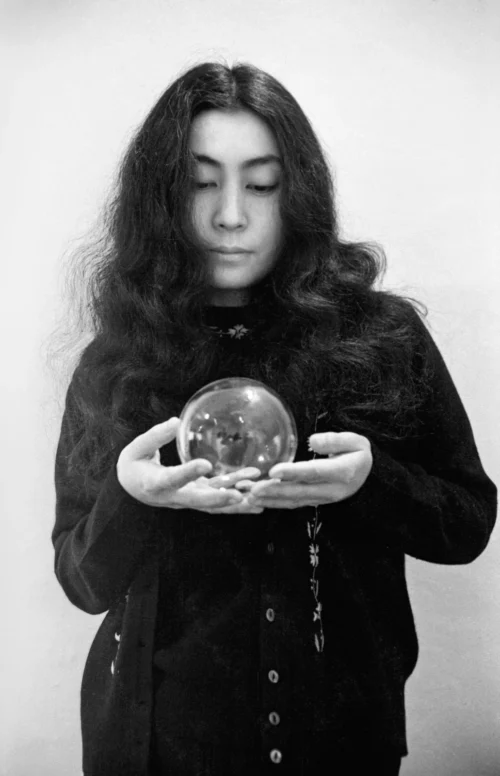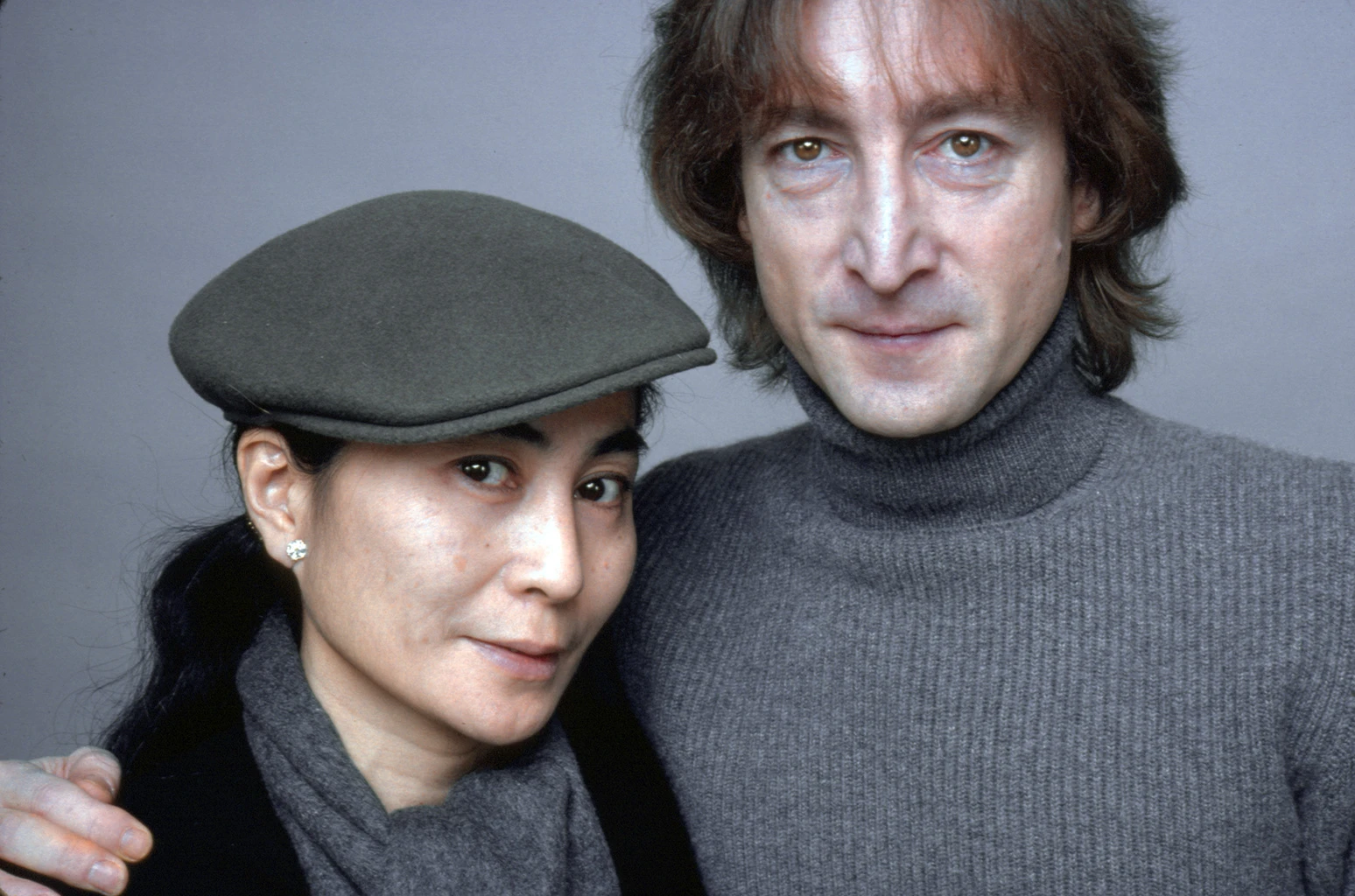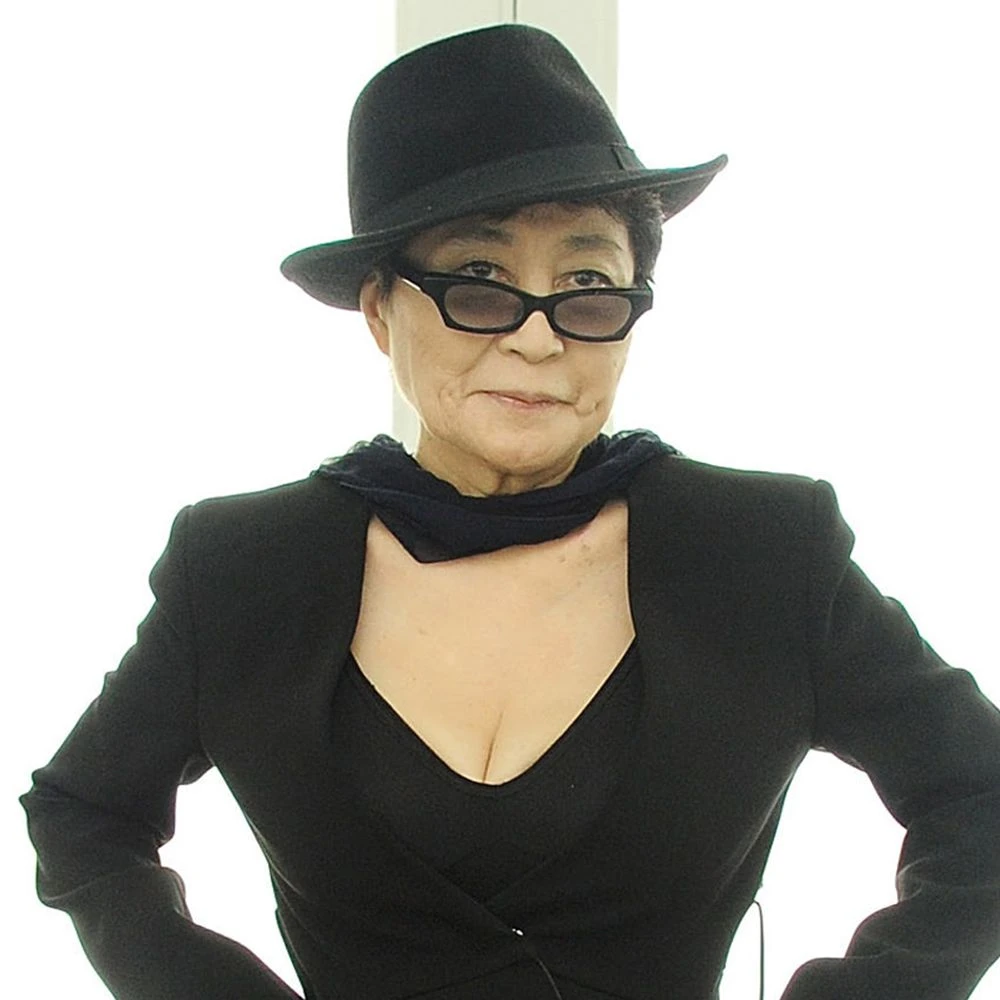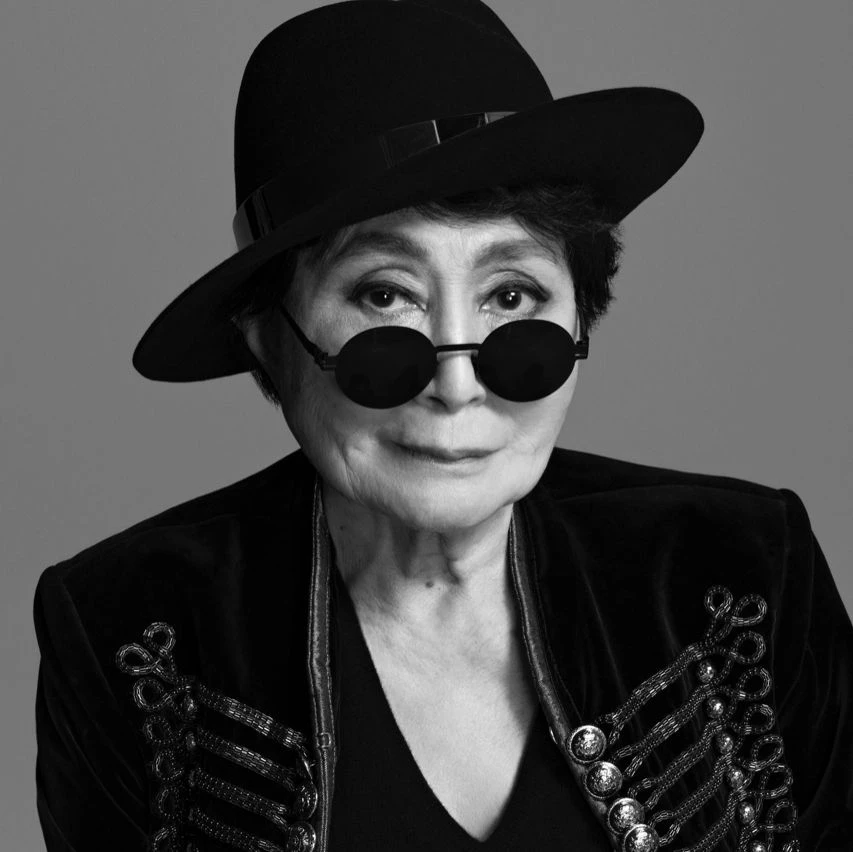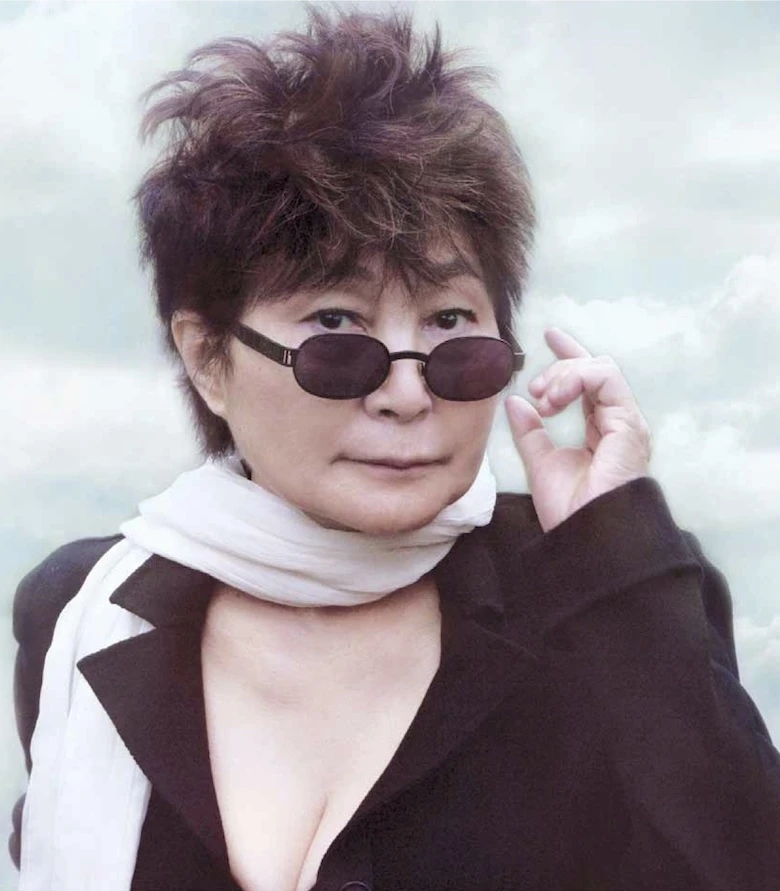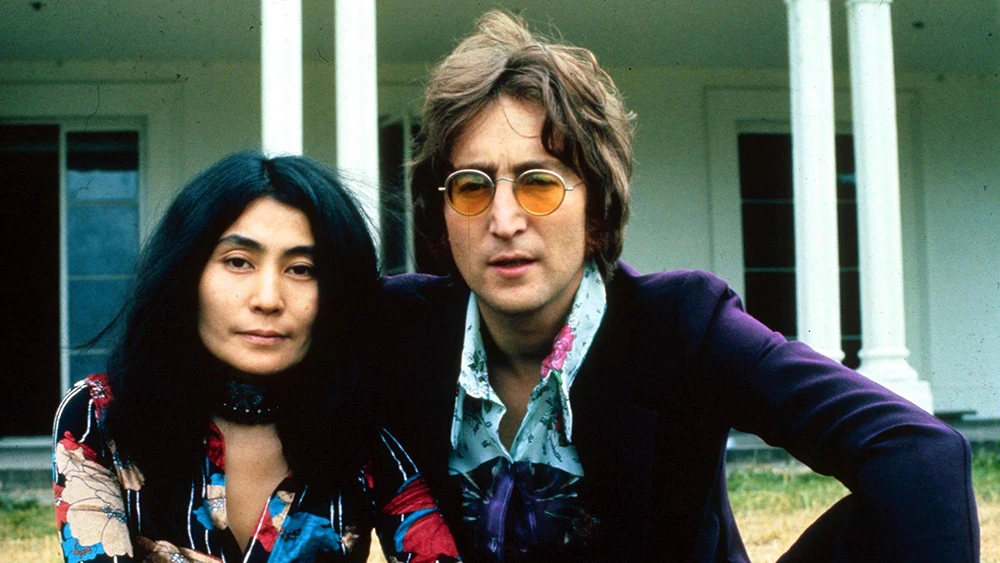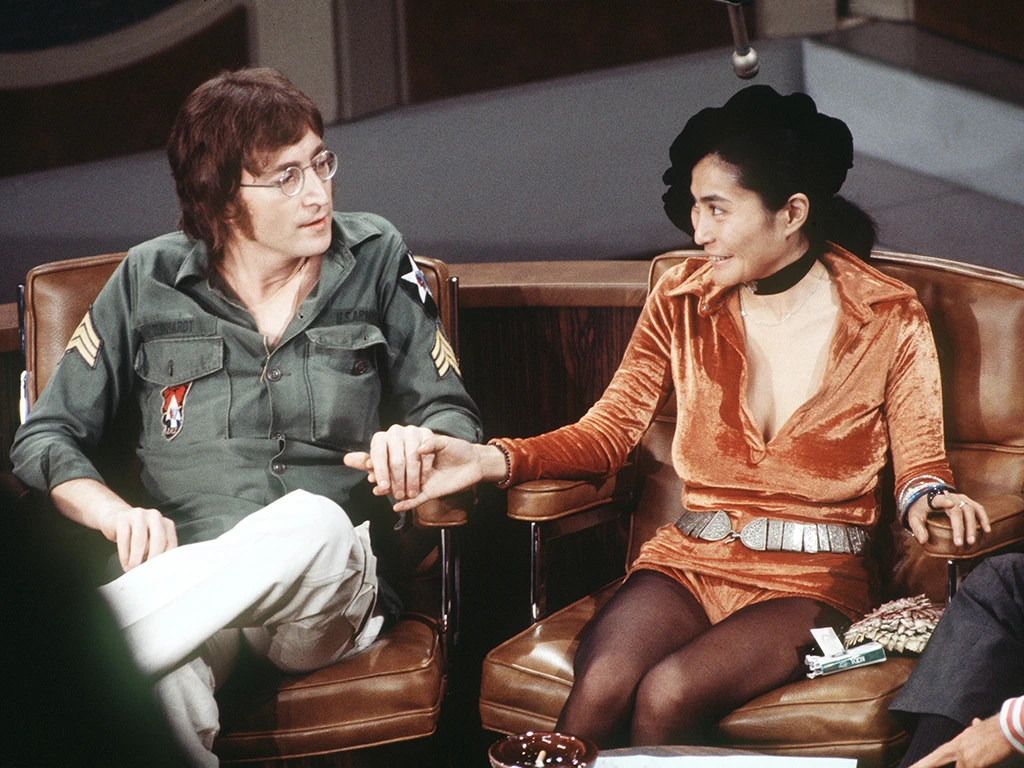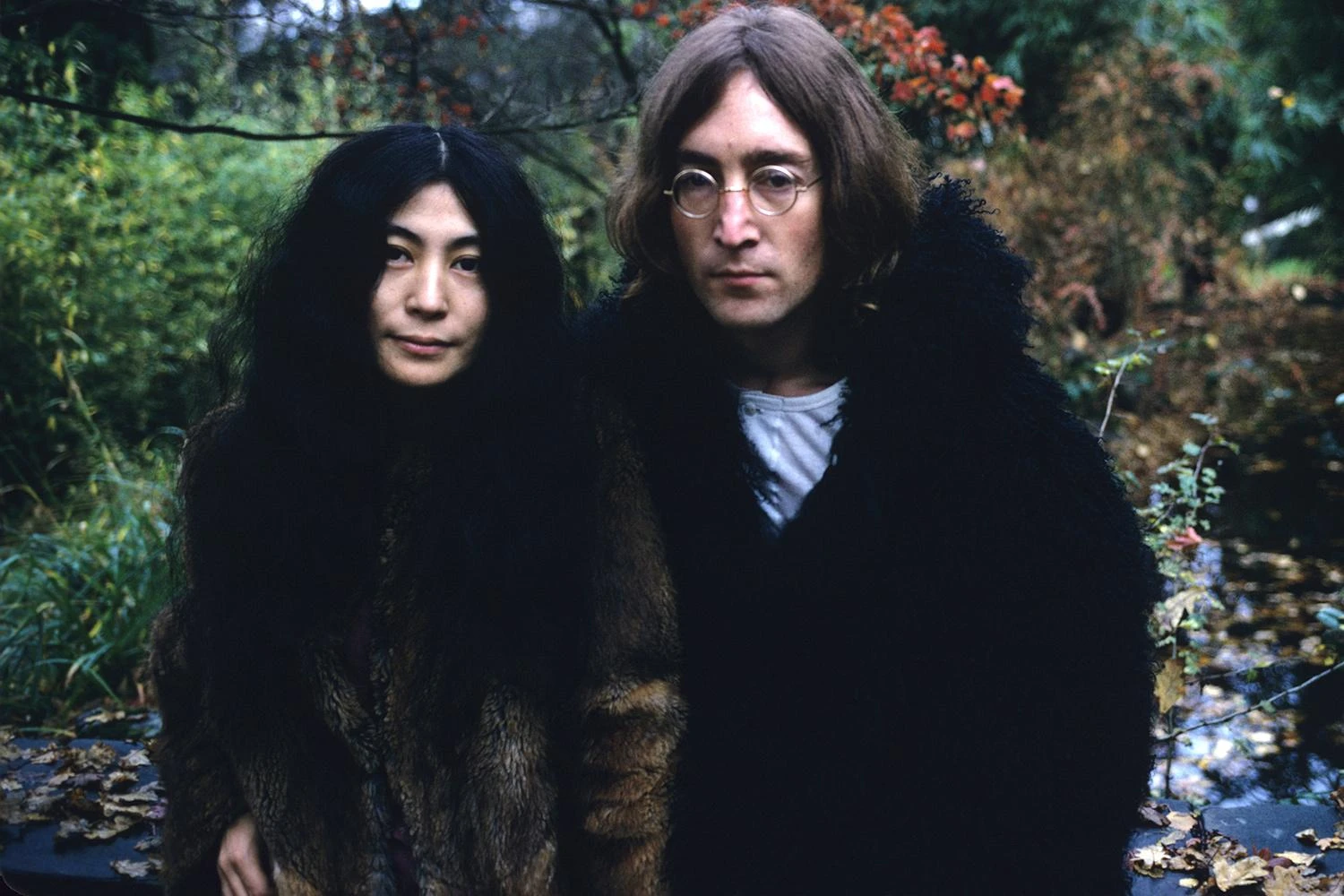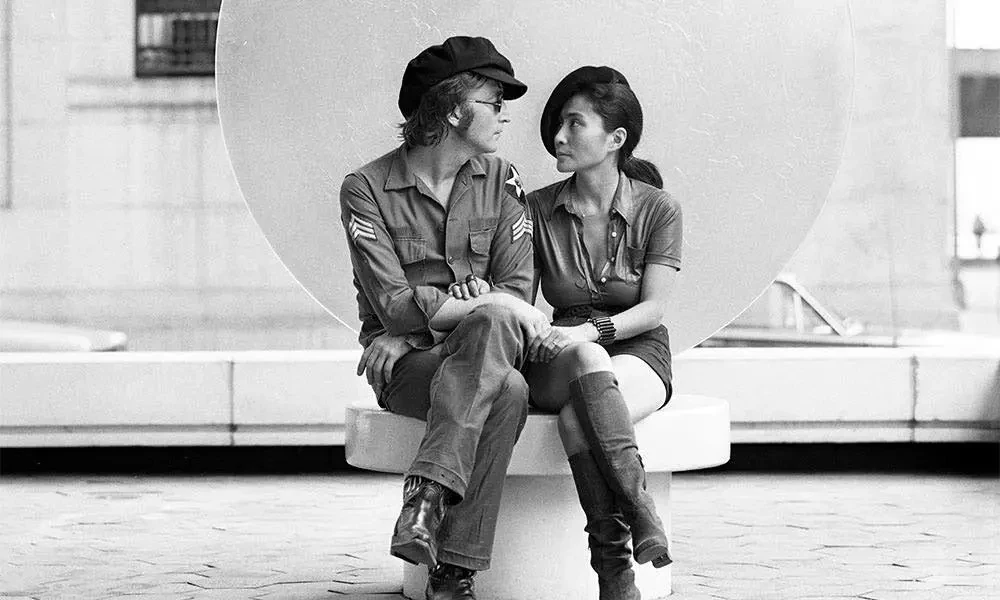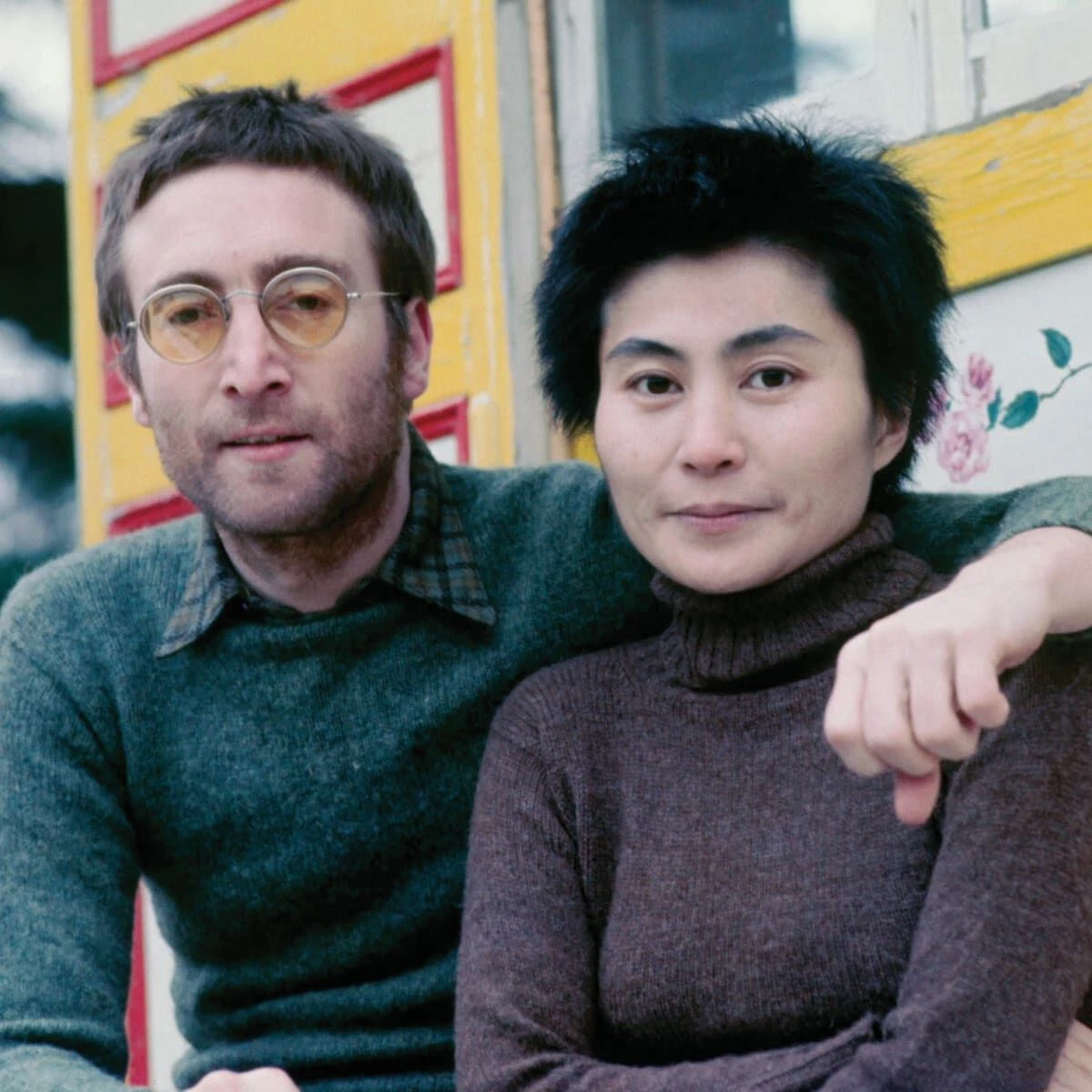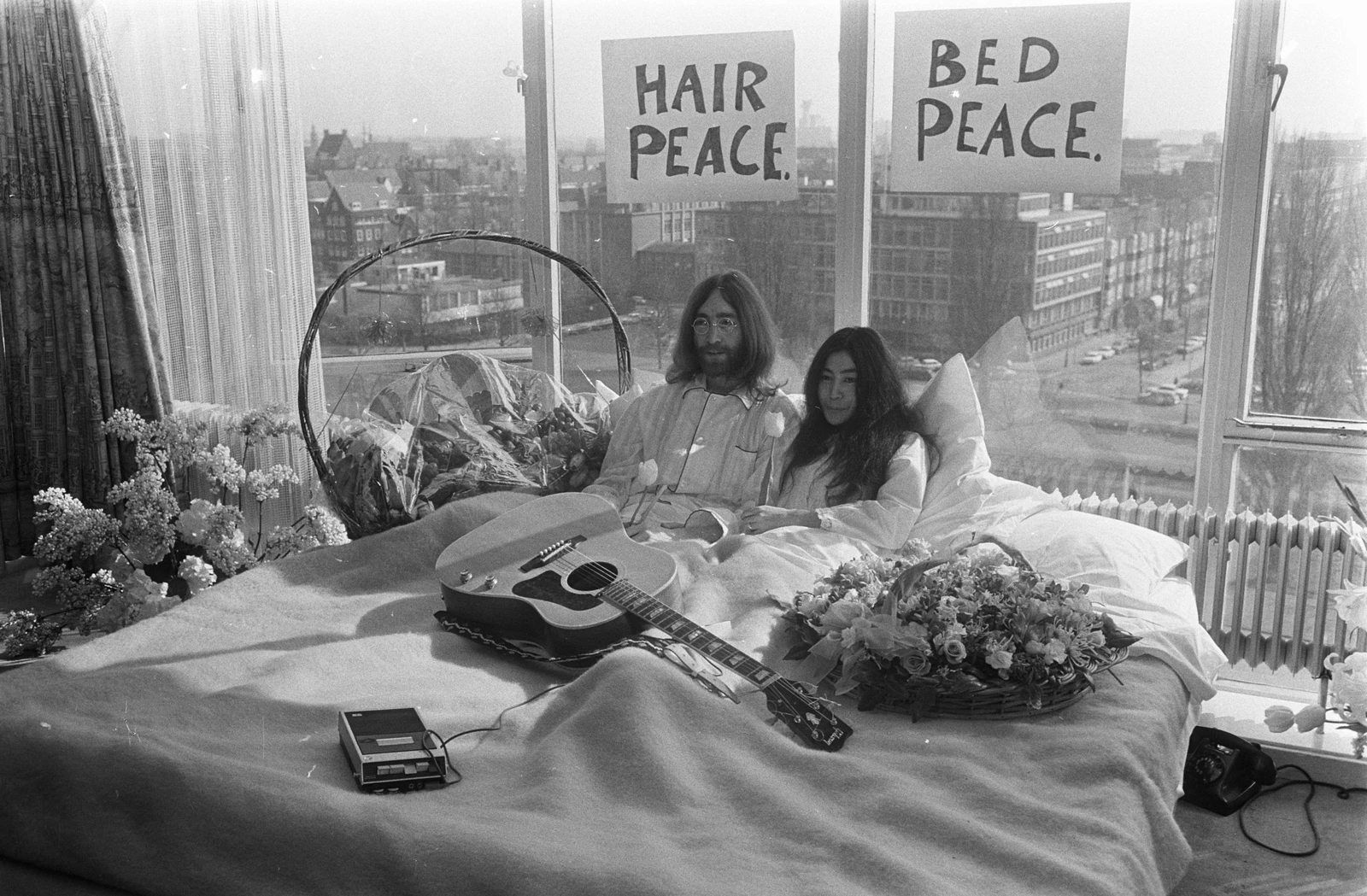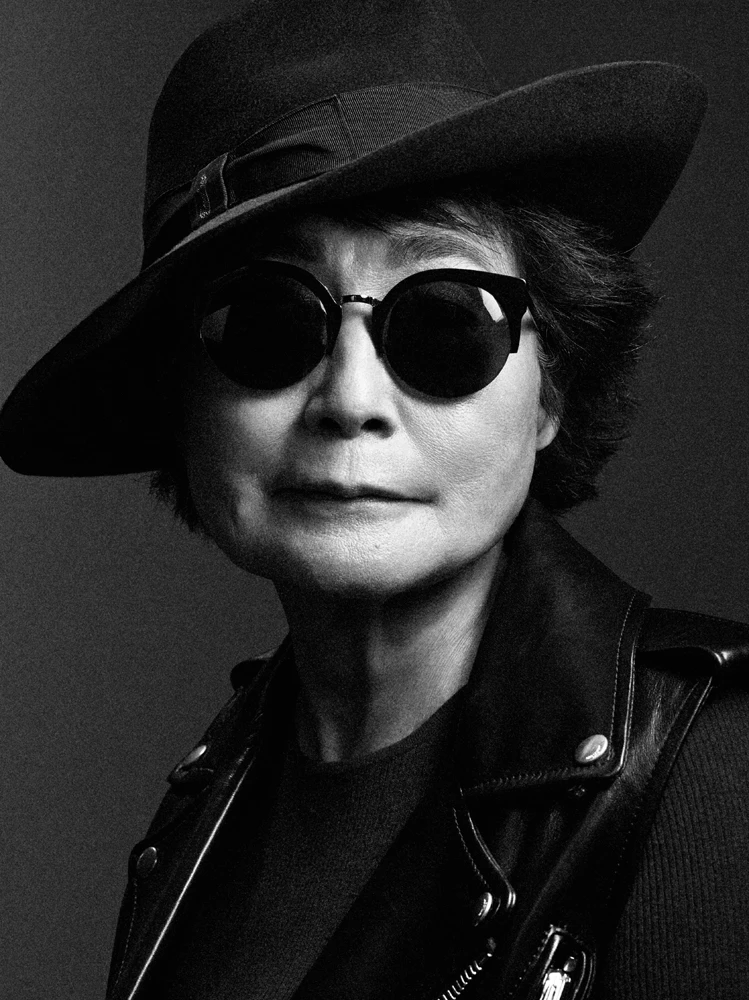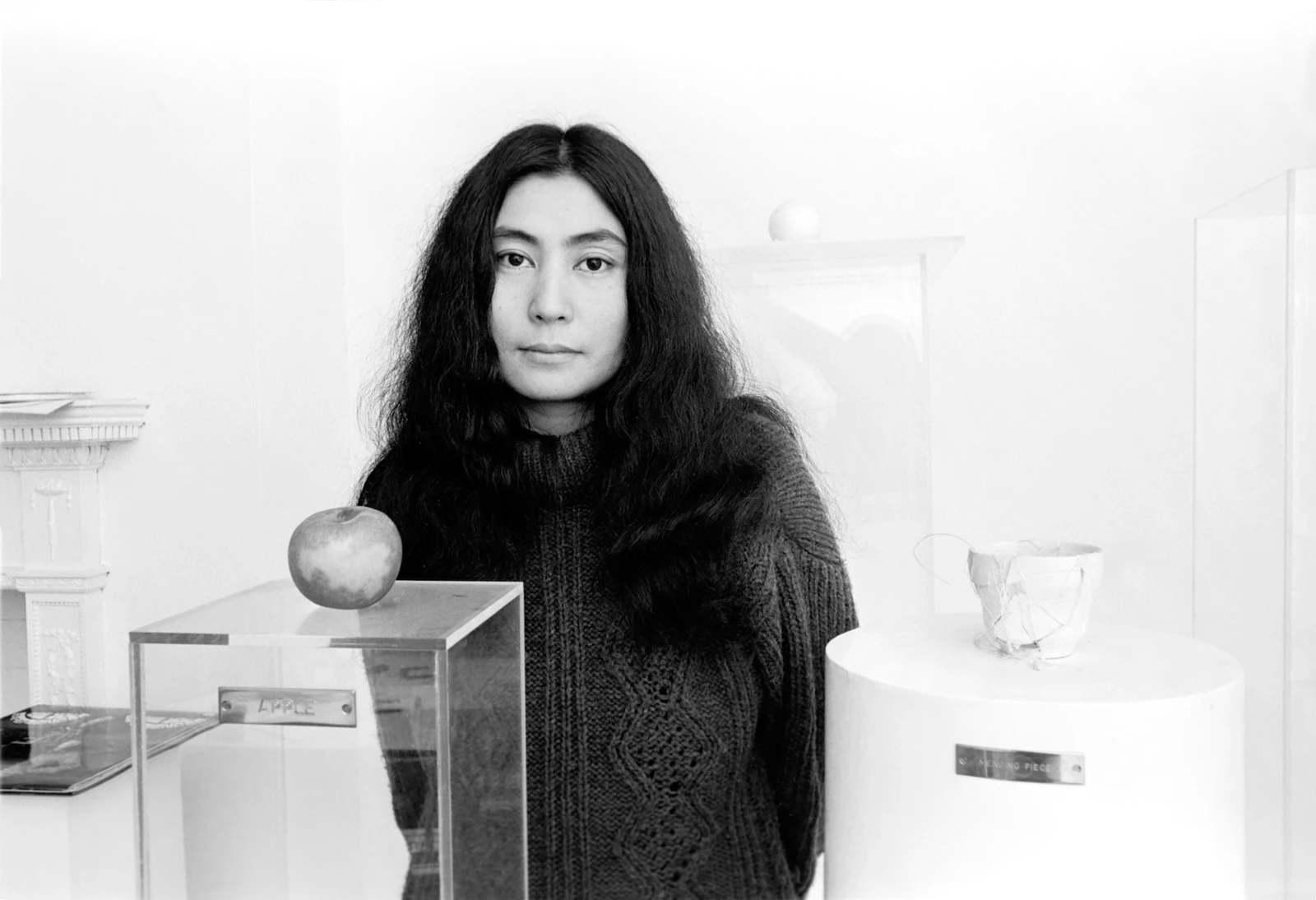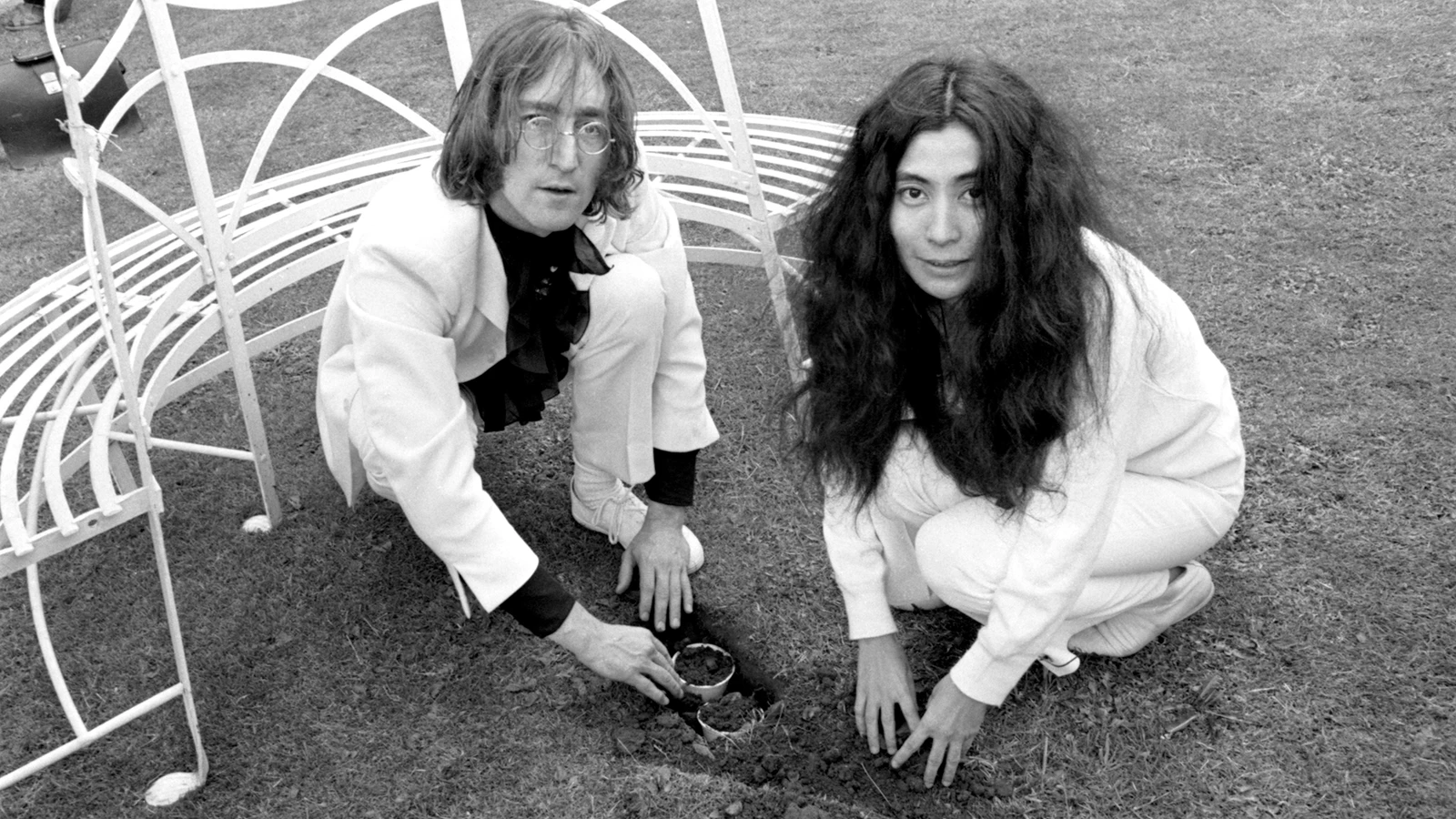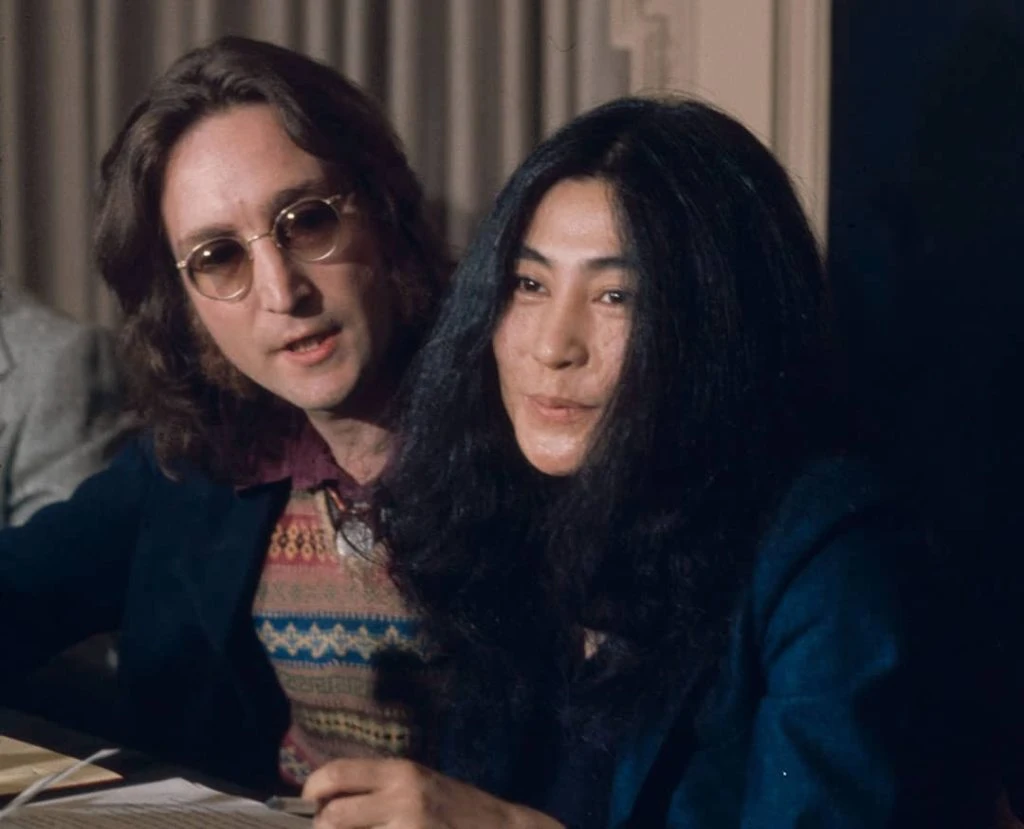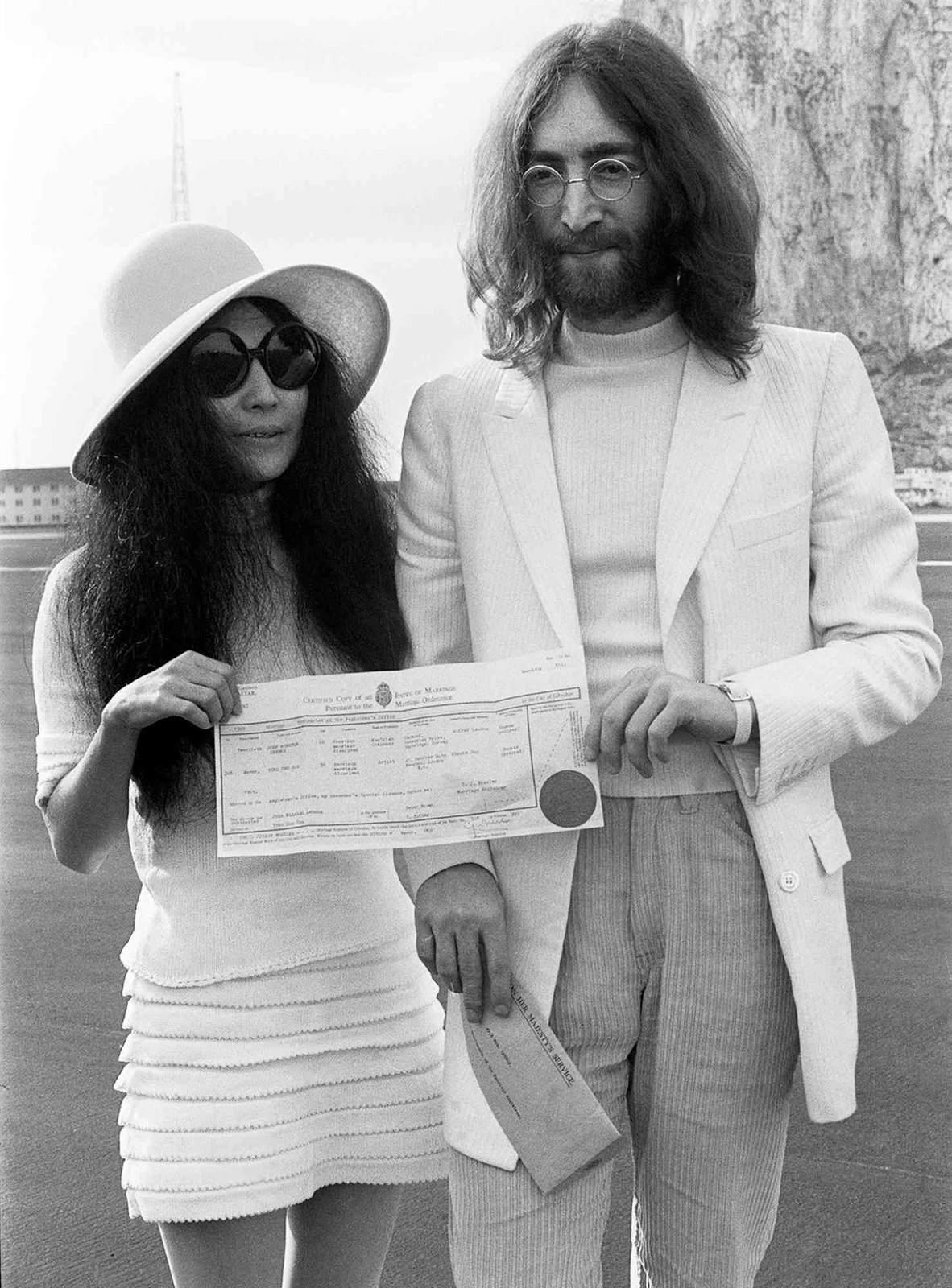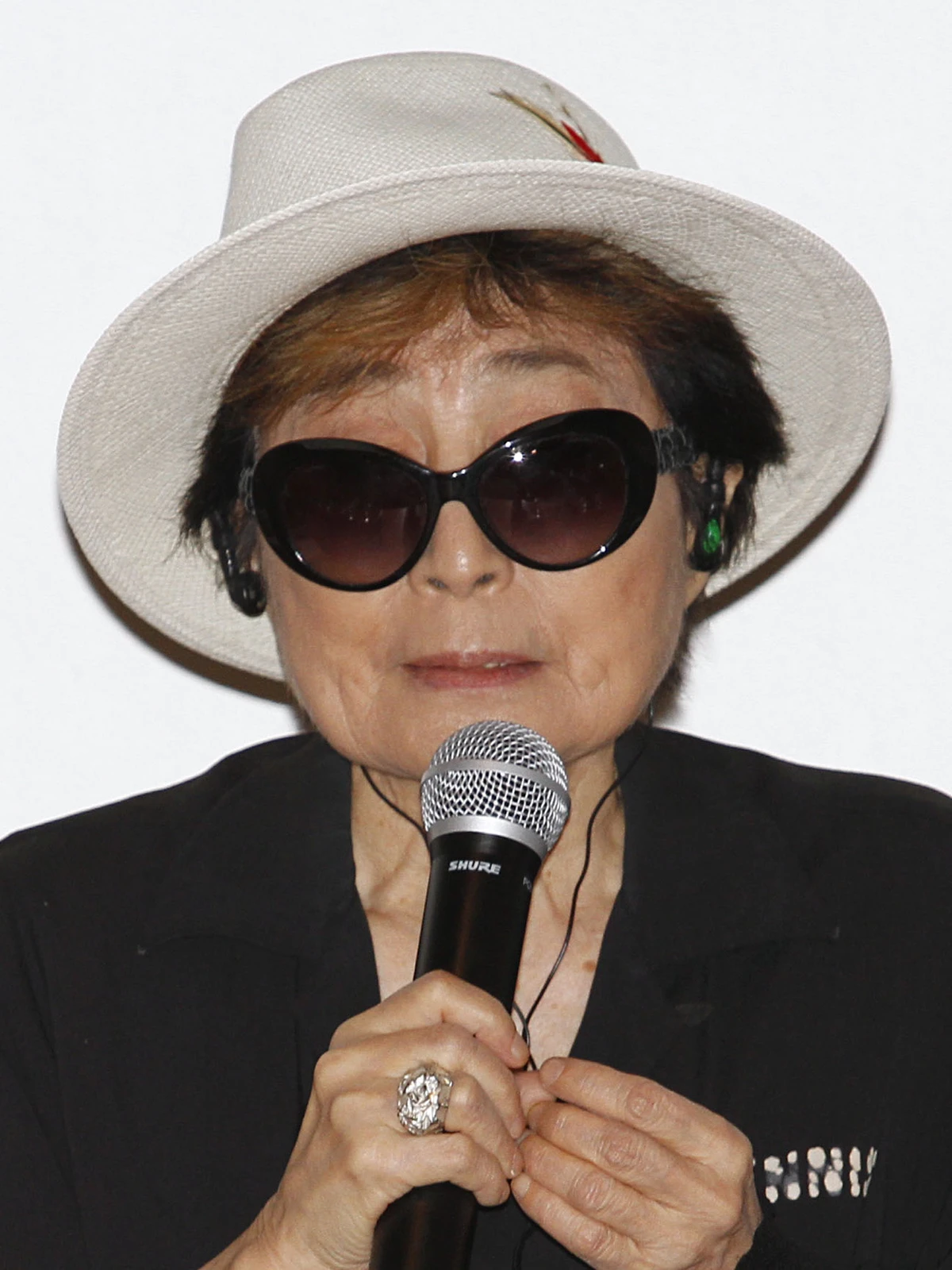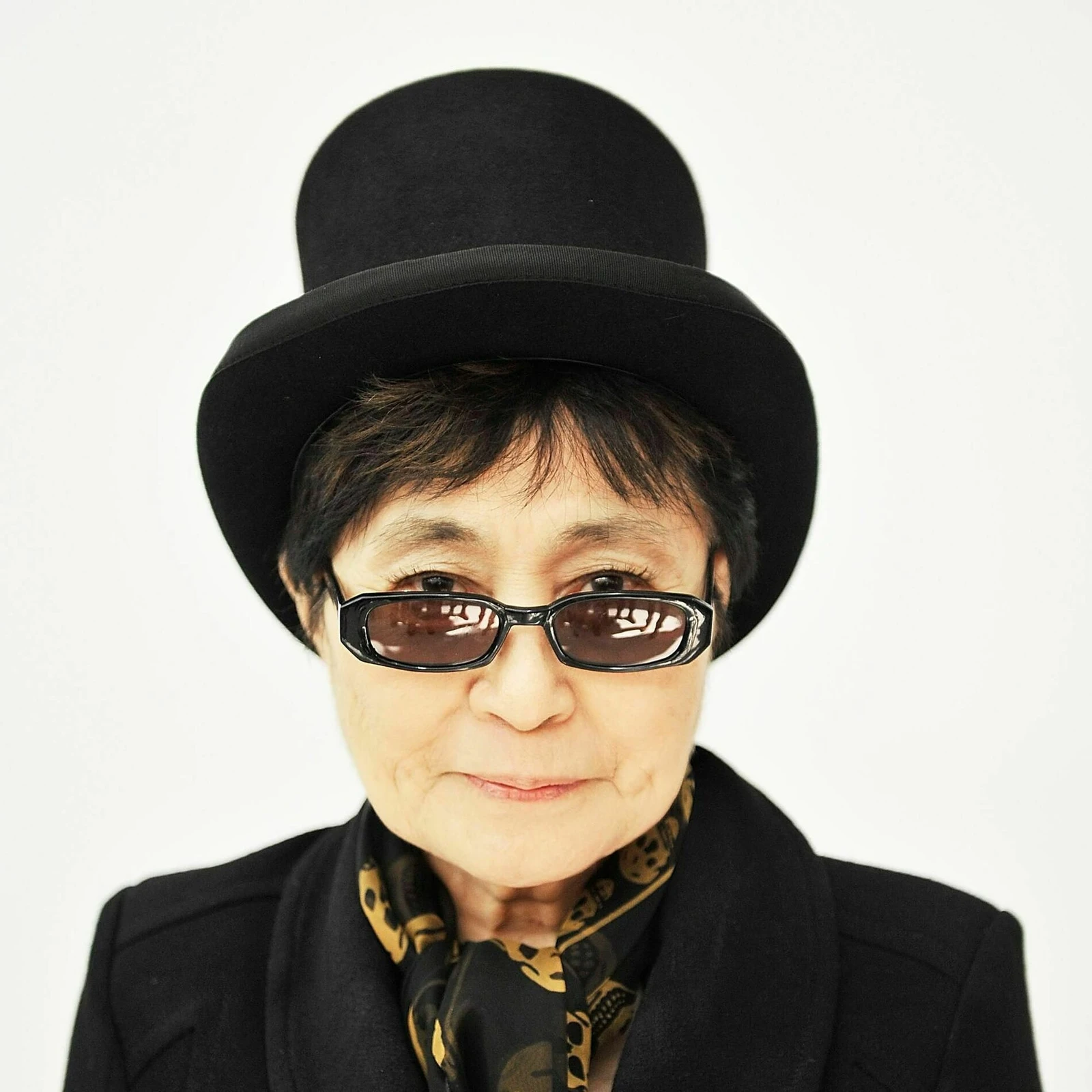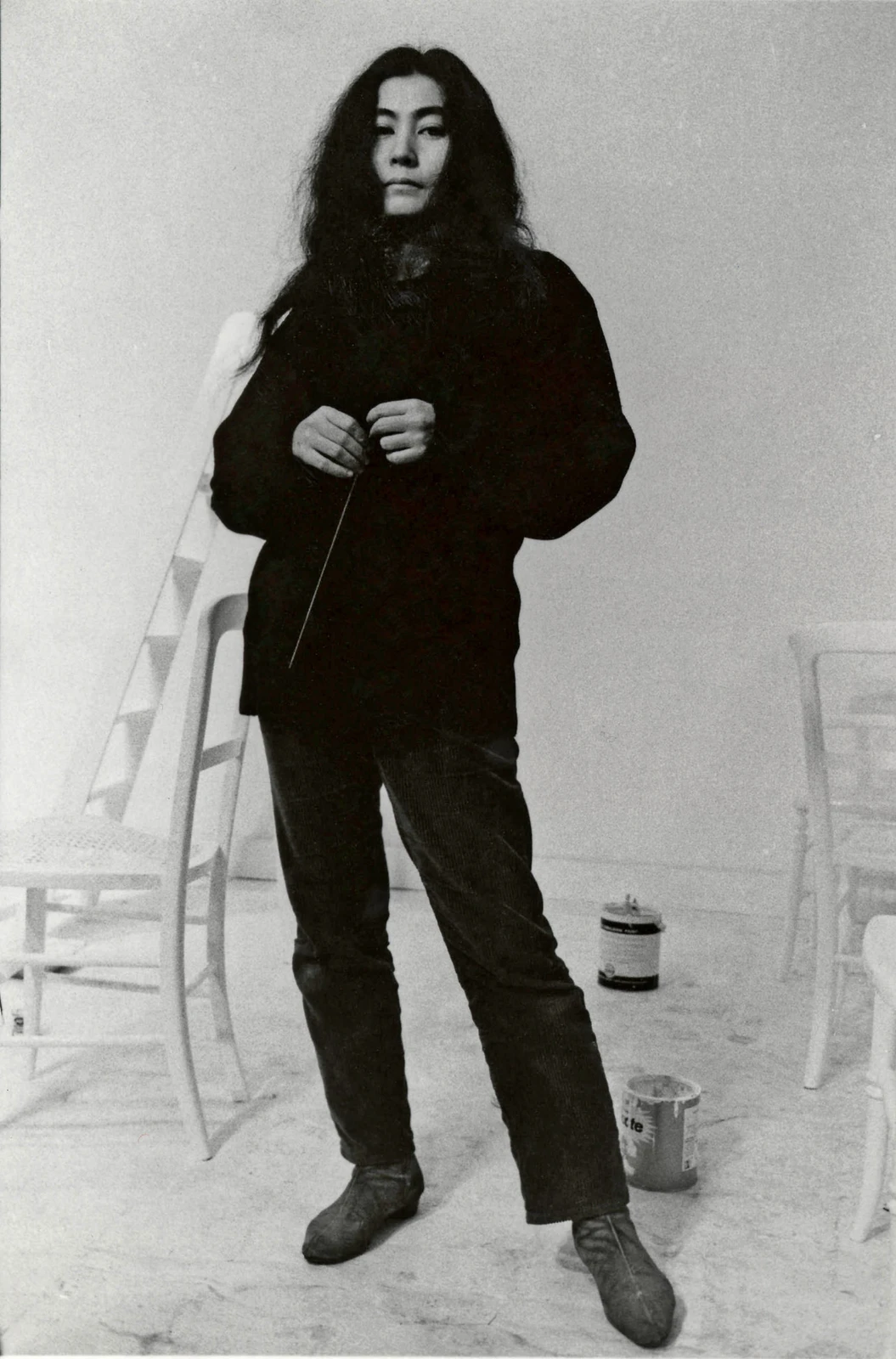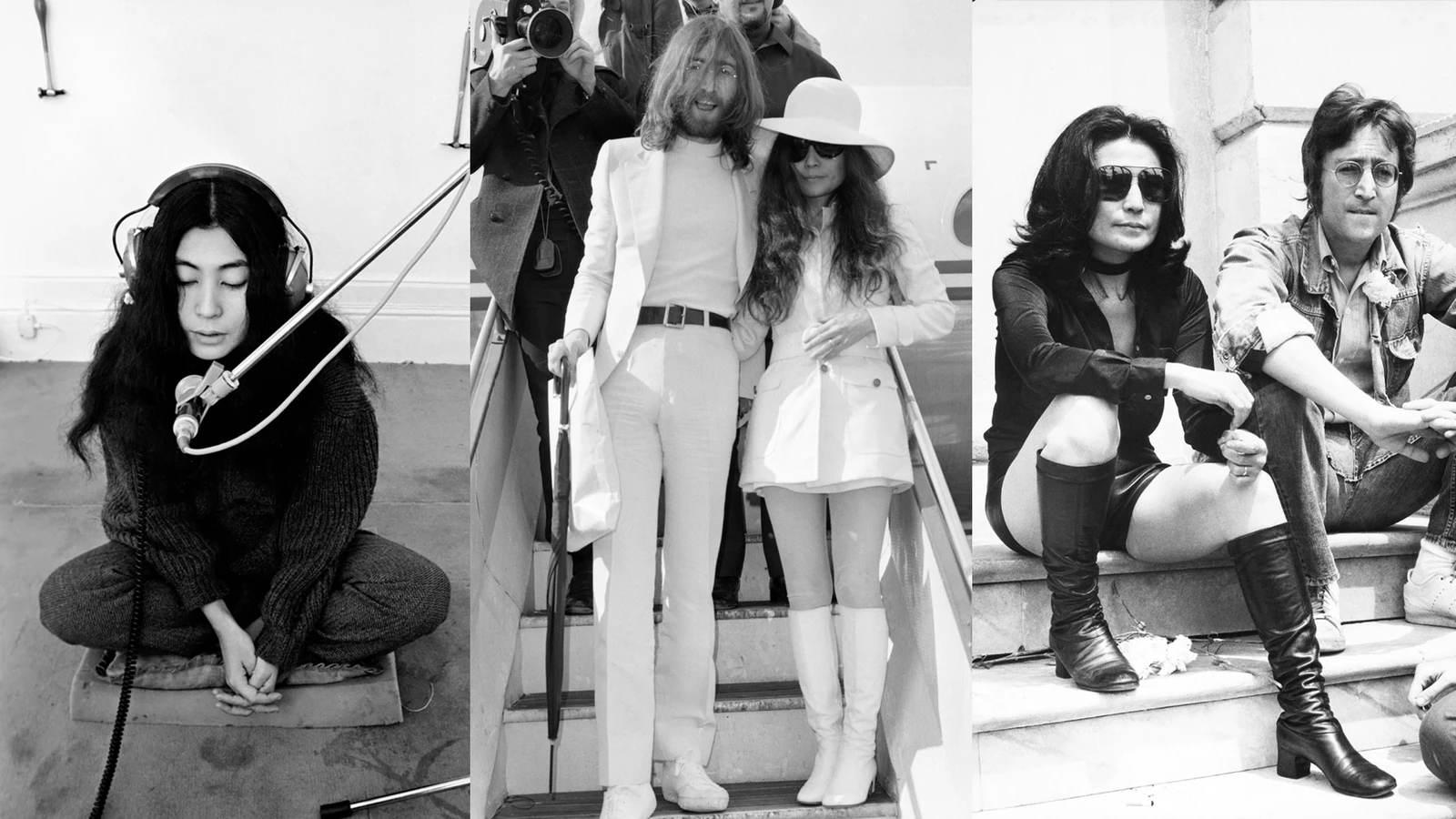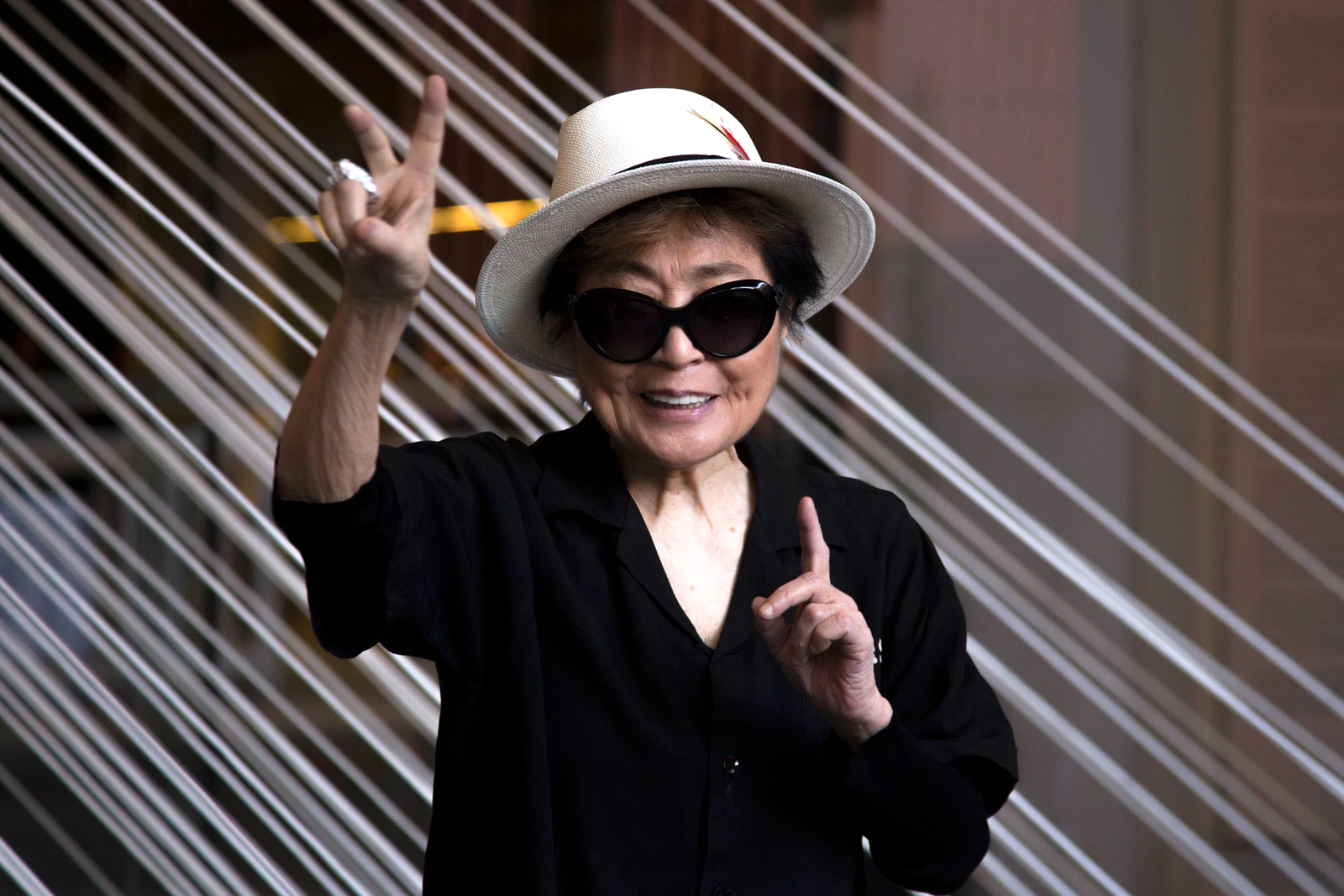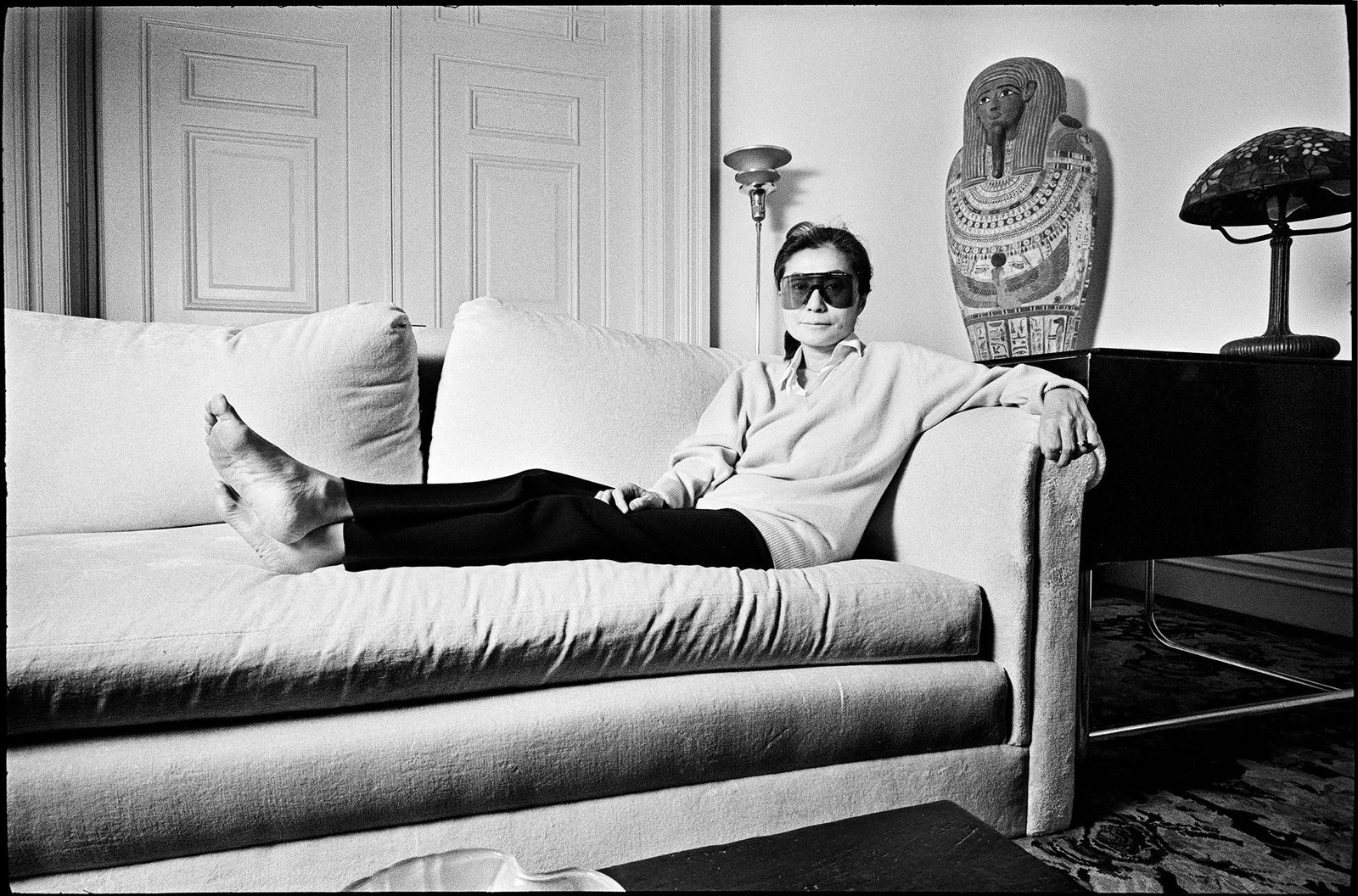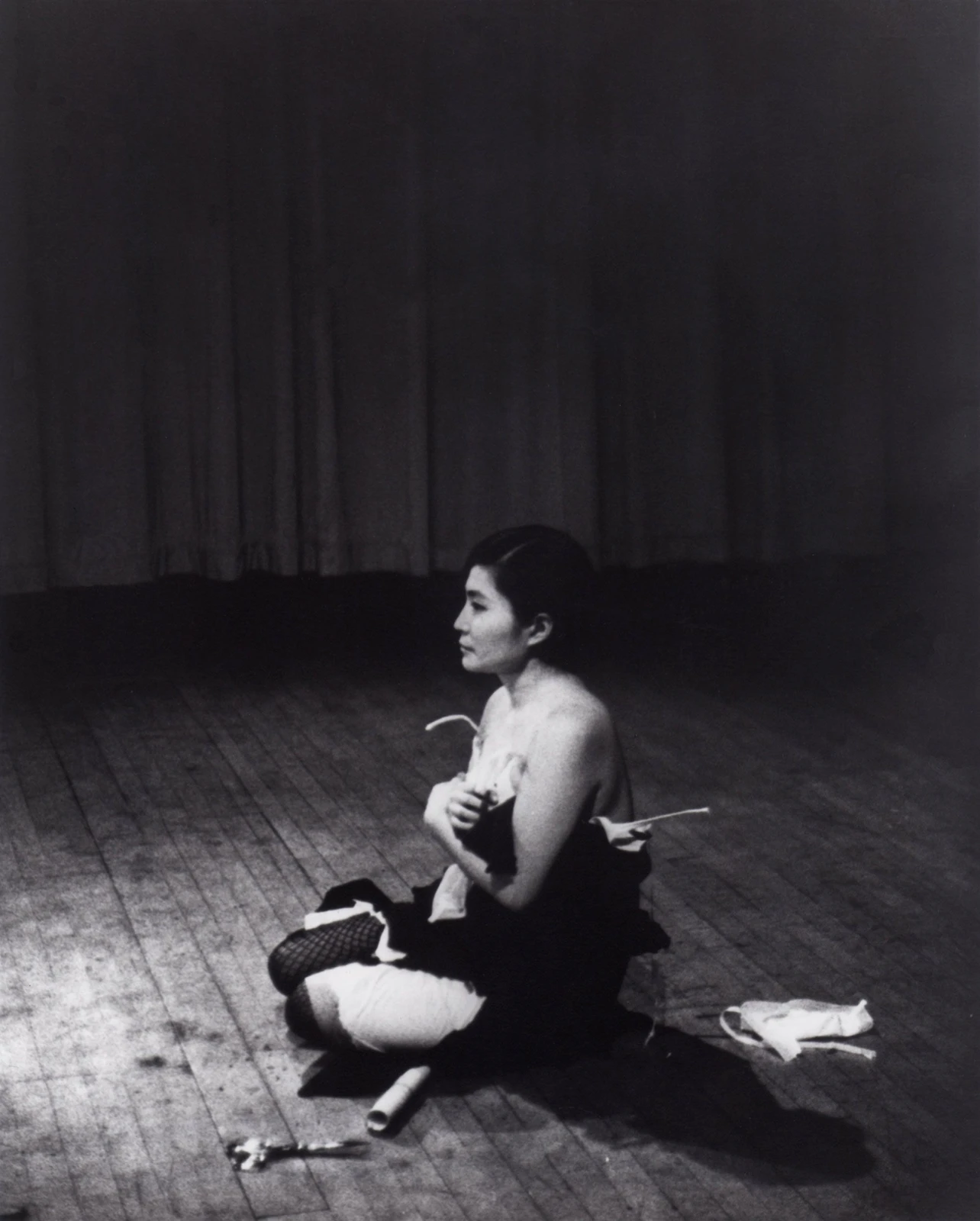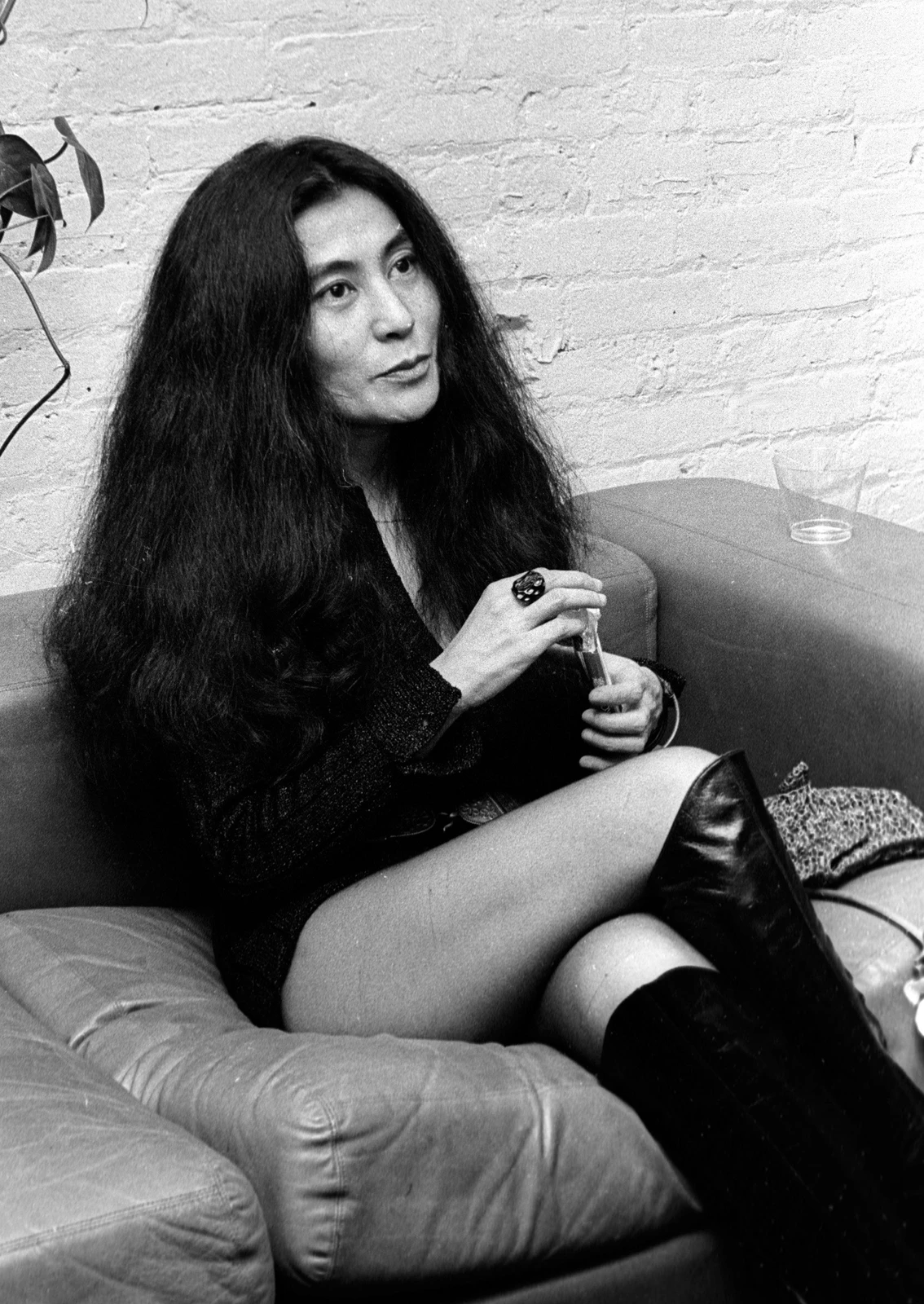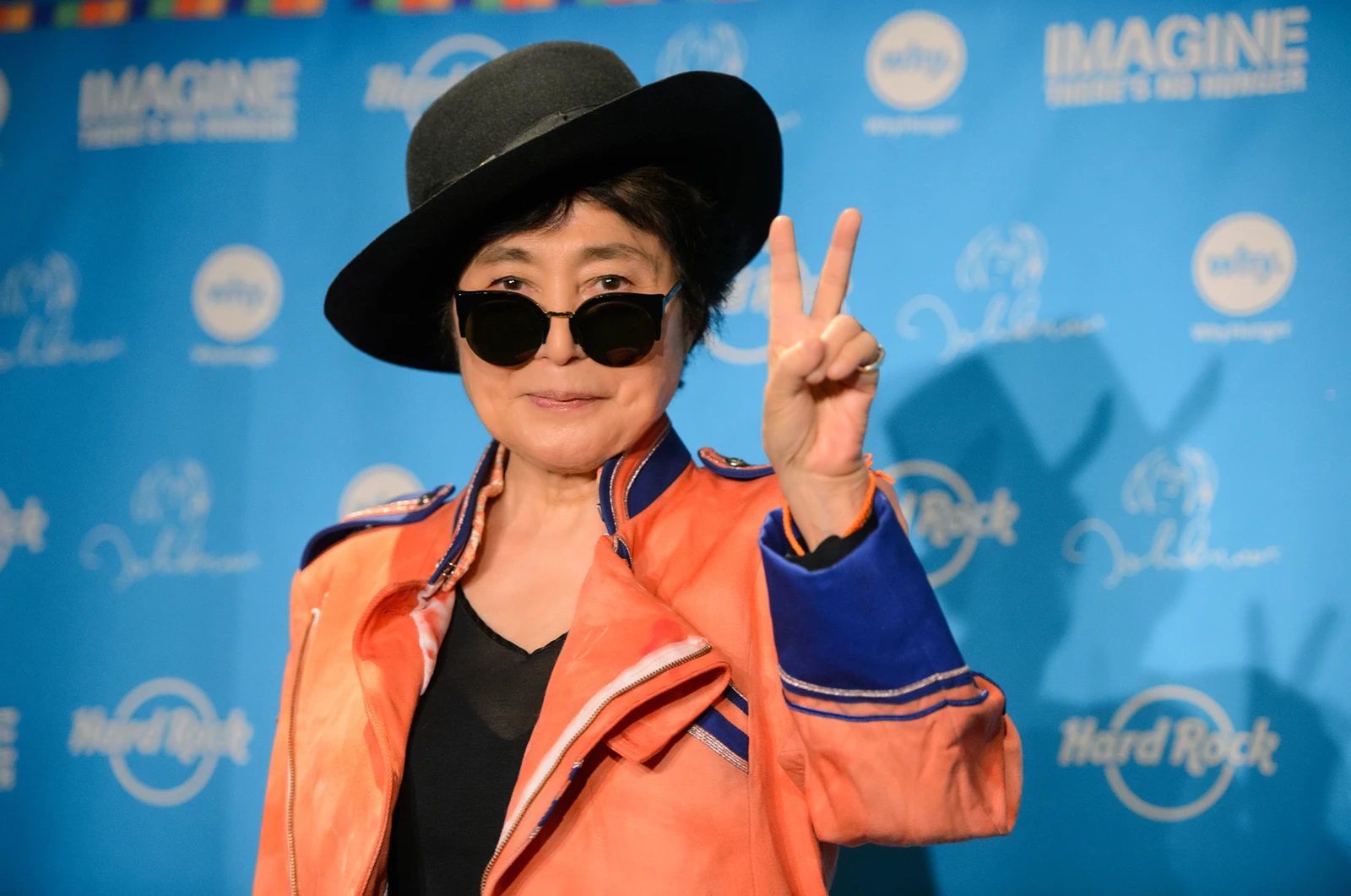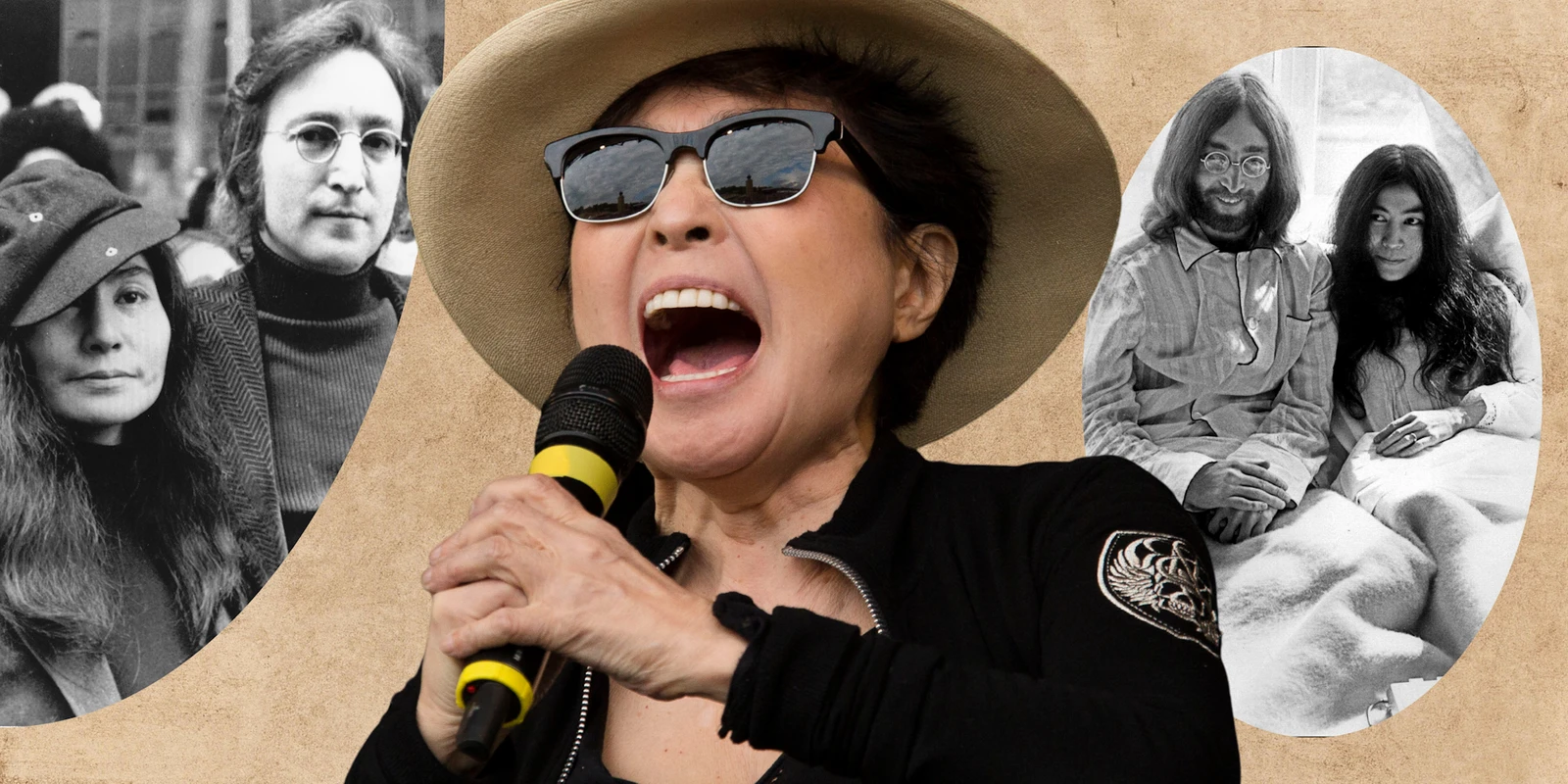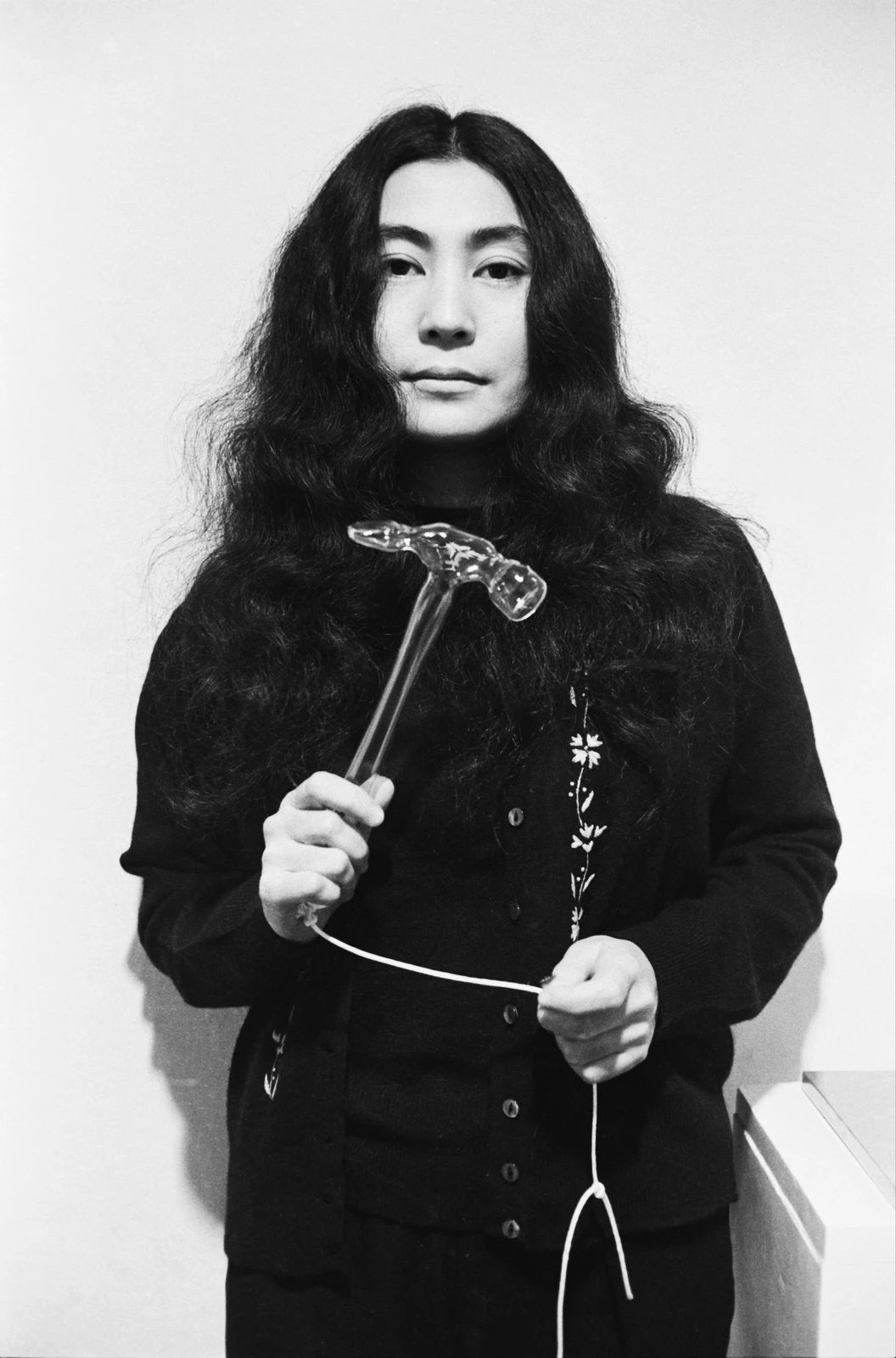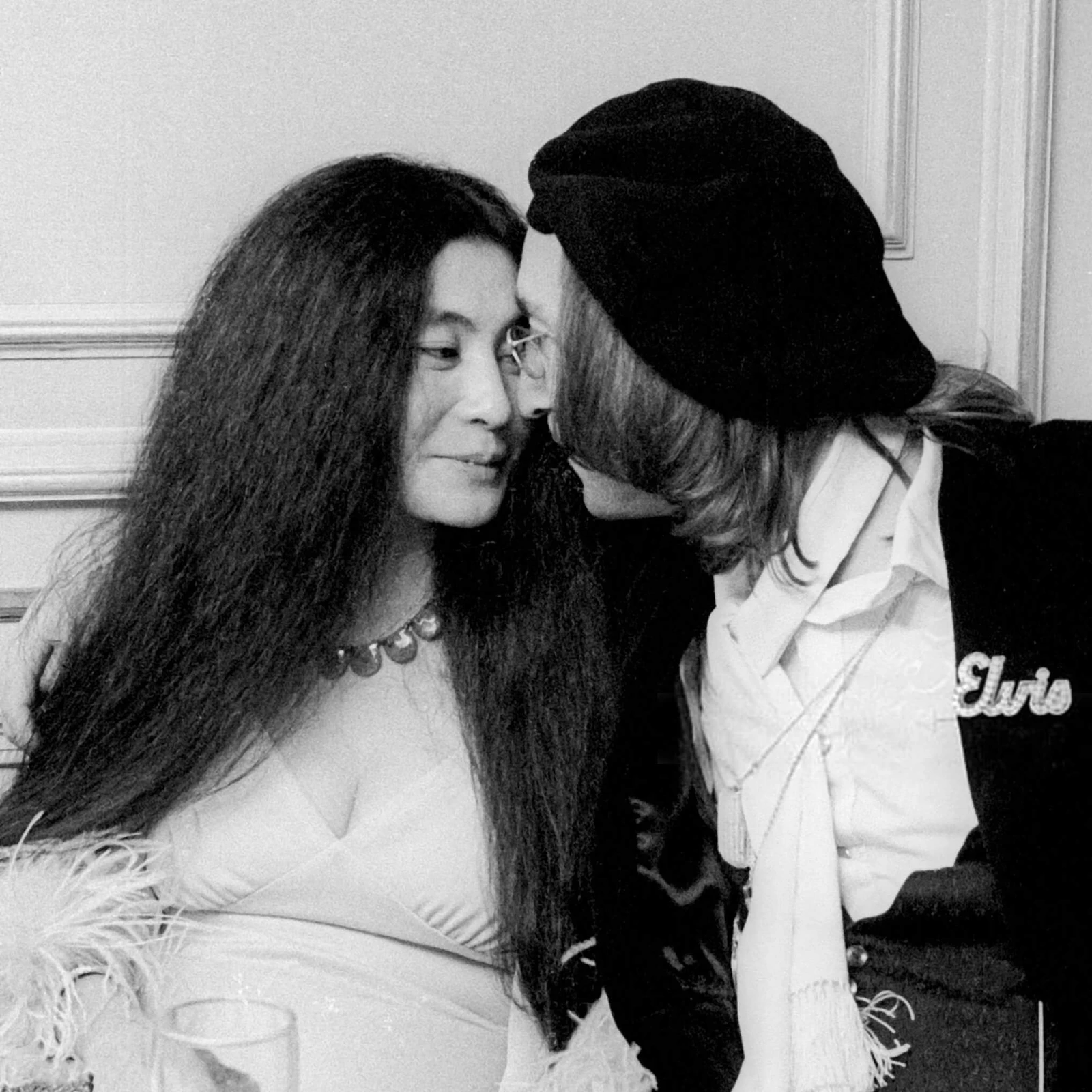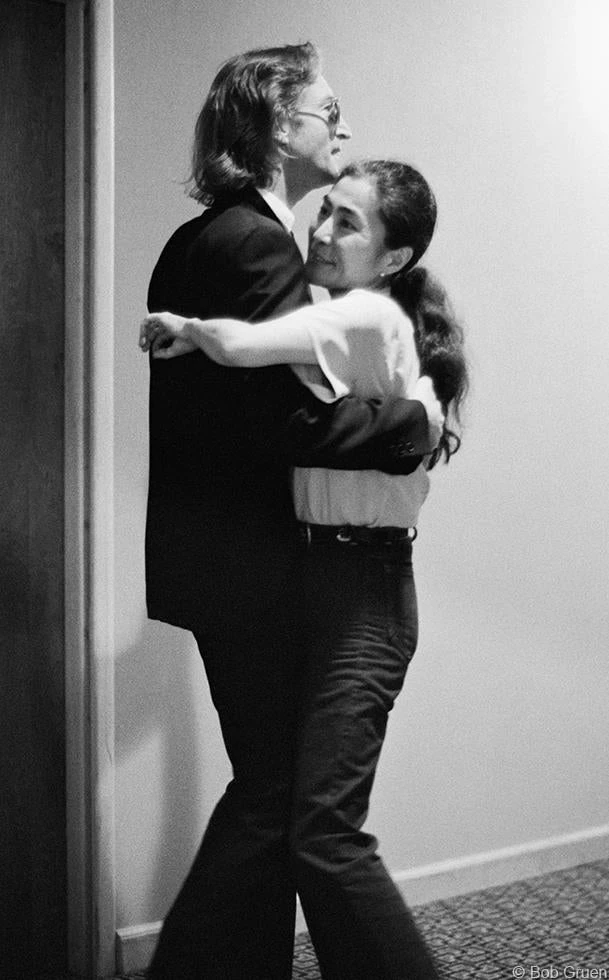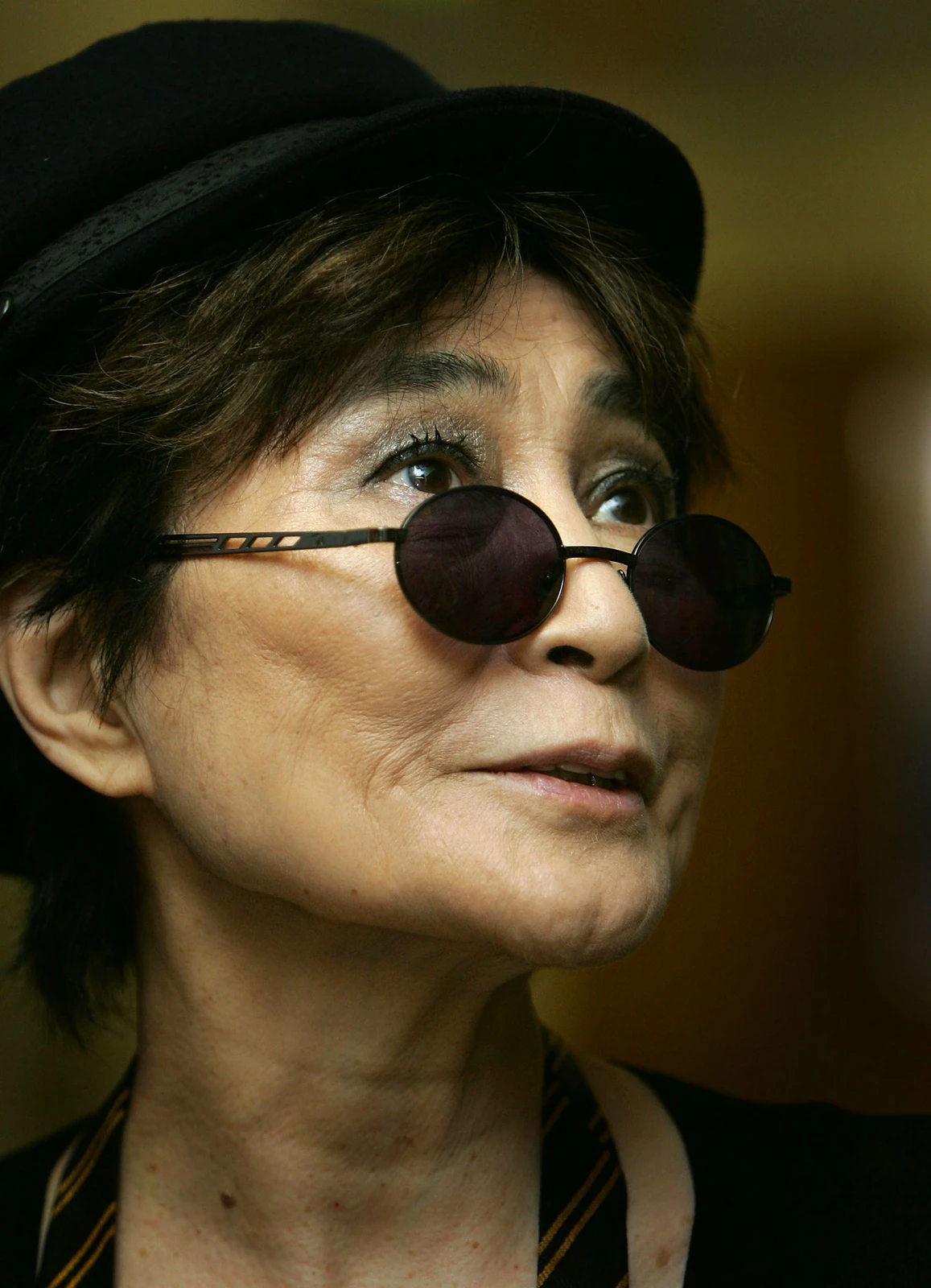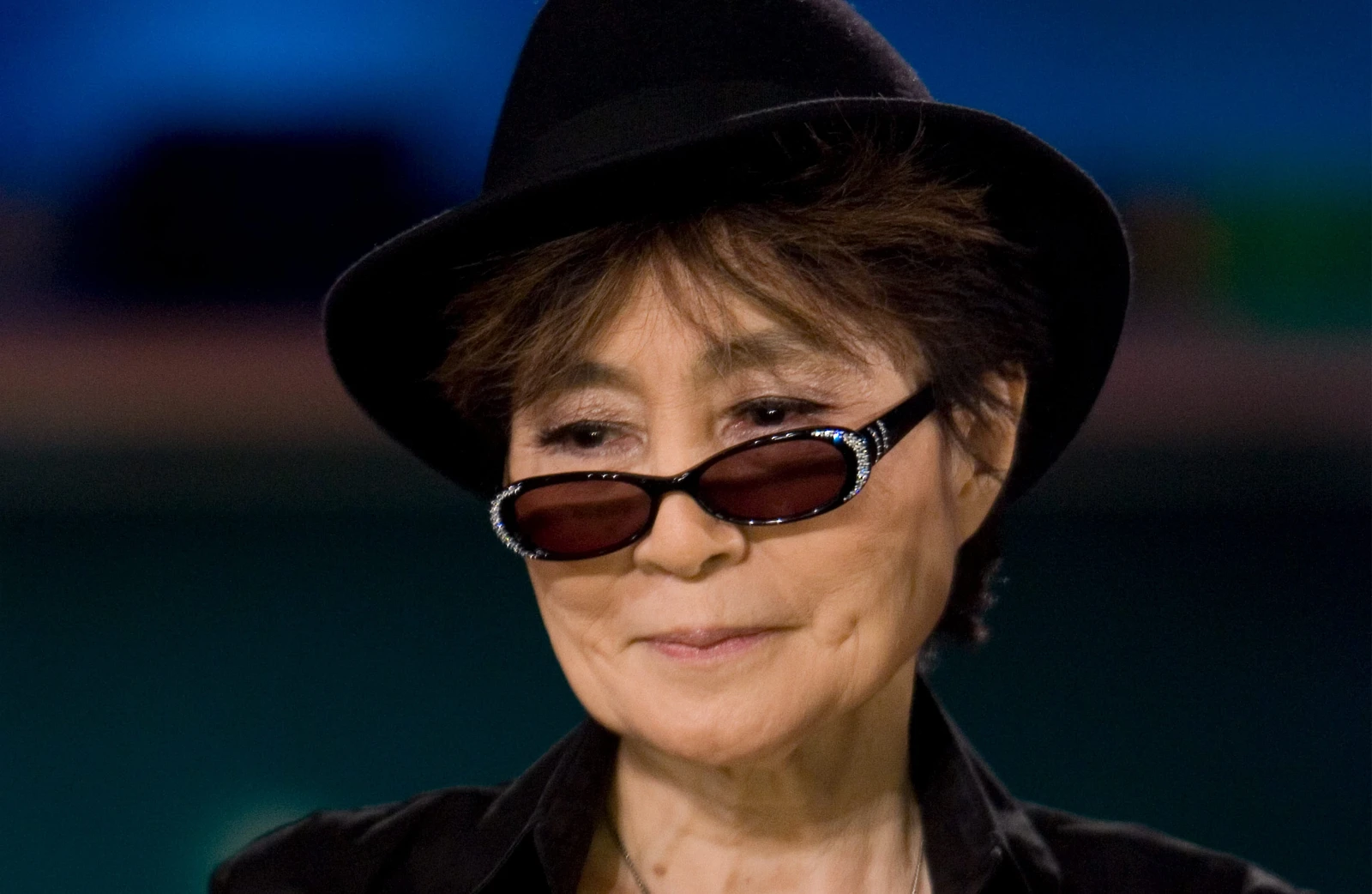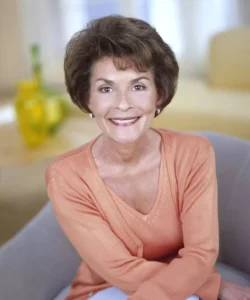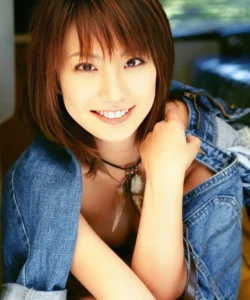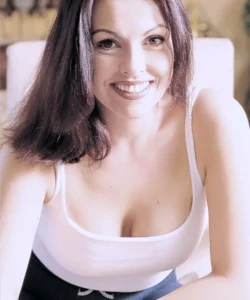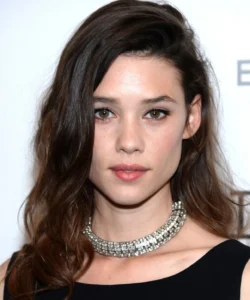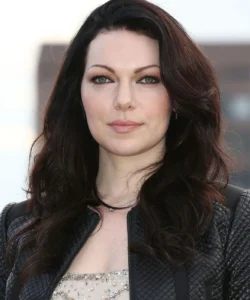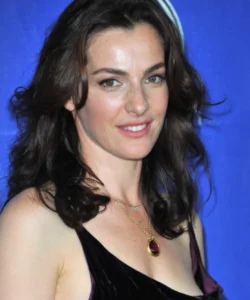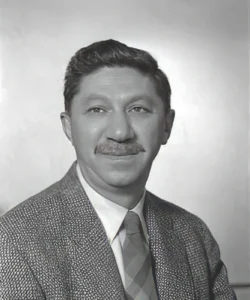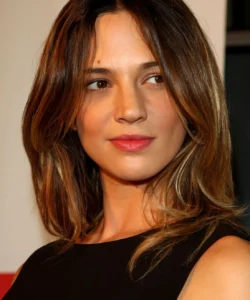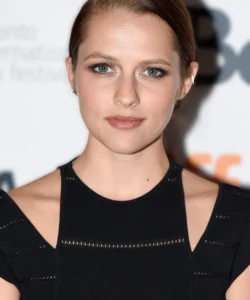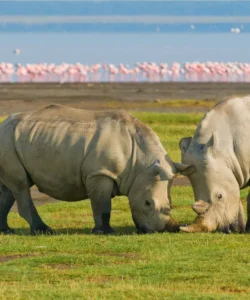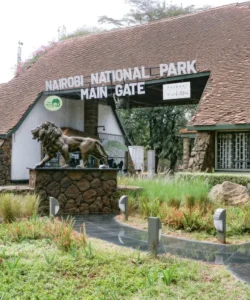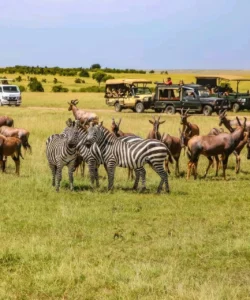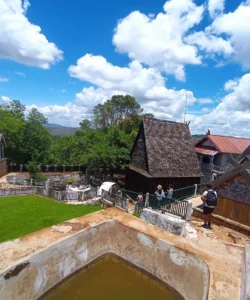Yoko Ono is a Japanese multimedia artist, singer, songwriter, and peace activist. While initially known in avant-garde art circles, she rose to global fame and became a figure of intense public scrutiny through her marriage to John Lennon of The Beatles. Her work challenges conventional art forms and often explores themes of peace, feminism, and conceptual art.

Name: Yoko Ono Lennon (born Yōko Ono)
Date of birth: February 18, 1933
Height: Approximately 5 feet 2 inches (1.57 m)
Place of birth: Tokyo, Japan
Family:
- Parents’ names: Eisuke Ono (father, a wealthy banker and classical pianist) and Isoko Ono (née Yasuda) (mother). Her family belonged to the aristocratic Yasuda clan.
- Siblings: Keisuke Ono (younger brother, born 1936), Setsuko Ono (younger sister, born 1941).
- Spouse:
- Toshi Ichiyanagi (m. 1956; div. 1962), a Japanese avant-garde composer.
- Anthony Cox (m. 1962; div. 1969), an American jazz musician and film producer.
- John Winston Lennon (m. 1969; died 1980), the legendary English musician and member of The Beatles.
- Children:
- Kyoko Chan Cox (daughter, born 1963, with Anthony Cox)
- Sean Taro Ono Lennon (son, born 1975, with John Lennon)
- Relatives: Her father was a descendant of a samurai warrior, and her mother’s side of the family were bankers. She is the granddaughter of Zenjiro Yasuda, a founder of the Yasuda financial zaibatsu.
Profession: Artist (conceptual, performance, video), singer, songwriter, peace activist, filmmaker.
Nationality: Japanese (She became an American citizen in 1989).
Religion: She was raised in a secular environment but later became interested in Eastern spirituality, particularly Zen Buddhism, which influenced her conceptual art.
College or university attended:
- Gakushuin School (Tokyo) – an elite school for imperial family children.
- Sarah Lawrence College (New York) – studied music and poetry. (Did not complete a degree).
Biography and What Famous For:
Yoko Ono’s early life was marked by both privilege and hardship. Born into a wealthy and intellectual family, she experienced the devastation of World War II in Tokyo and the subsequent challenges of post-war Japan. Her family later moved to New York. She attended Sarah Lawrence College, but quickly found the formal music education too restrictive, gravitating towards the avant-garde art scene in Greenwich Village.
She became a key figure in the Fluxus movement and the New York avant-garde of the 1960s, known for her conceptual art, performance pieces (like “Cut Piece,” where audience members were invited to cut pieces of her clothing), and experimental films. Her work often challenged the boundaries between artist and audience, and between life and art.
Yoko Ono is most famous for:
- Her marriage to John Lennon: Their relationship, which began in 1966 and led to their marriage in 1969, was one of the most famous and scrutinized relationships of the 20th century. It created a global media frenzy and made her a household name.
- Her role in the breakup of The Beatles (perceived by some): While numerous factors contributed to The Beatles’ split, Yoko Ono was often unfairly blamed by the public and media, contributing to her becoming a controversial figure.
- Their collaborative work and peace activism: Alongside John Lennon, she became a powerful symbol of peace activism, particularly during the Vietnam War era. Their “Bed-Ins for Peace” (in Amsterdam and Montreal) and the “War Is Over! (If You Want It)” campaign became iconic acts of protest. They collaborated on music, including the albums “Two Virgins,” “Wedding Album,” and “Double Fantasy.”
- Her influential conceptual art: Works like “Grapefruit” (1964), a book of conceptual “instruction pieces,” and her “Wish Tree” installations have significantly impacted contemporary art. Her art pre-dated and was distinct from her relationship with Lennon, but it gained wider recognition through their association.
- Her music career: She has released numerous albums, both solo and with Lennon, known for her experimental vocal techniques and avant-garde style. Her work has influenced many artists, particularly in experimental and alternative music.
- Protecting John Lennon’s Legacy: After Lennon’s assassination in 1980, Yoko Ono took on the role of preserving his artistic and humanitarian legacy. She has overseen his estate, released posthumous recordings, and continued their shared work for peace. She founded the John Lennon Imagine Peace Tower in Iceland.
Despite the controversies and often misogynistic treatment she faced, Yoko Ono remains a highly significant and influential artist and activist who has consistently pushed artistic boundaries and advocated for peace.
Have participated (Selected Works and Ventures):
Art (Selected Exhibitions & Pieces):
- “Cut Piece” (Performance art, 1964)
- “Grapefruit” (Book of conceptual art, 1964)
- “Half-A-Wind Show” (First major solo exhibition, 1967)
- “Fluxus” movement (Associated artist)
- “Museum of Modern (F)Art” (Conceptual, 1971)
- “Imagine Peace Tower” (Iceland, 2007)
- Numerous retrospectives and exhibitions at major institutions worldwide (e.g., Museum of Modern Art, Tate Modern, Guggenheim Museum).
Music (Selected Albums/Singles):
- Unfinished Music No. 1: Two Virgins (1968, with John Lennon)
- Unfinished Music No. 2: Life with the Lions (1969, with John Lennon)
- Wedding Album (1969, with John Lennon)
- Yoko Ono/Plastic Ono Band (1970)
- Fly (1971)
- Approximately Infinite Universe (1972)
- Feeling the Space (1973)
- A Story (recorded 1974, released 1997)
- Double Fantasy (1980, with John Lennon)
- Milk and Honey (1984, with John Lennon)
- Rising (1995)
- Blueprint for a Sunrise (2001)
- Between My Head and the Sky (2009)
- Take Me to the Land of Hell (2013)
Peace Activism:
- Bed-Ins for Peace (1969, with John Lennon)
- “War Is Over! (If You Want It)” campaign
- Numerous peace campaigns, public speeches, and written works.
Film:
- “Film No. 4 (Bottoms)” (1966)
- “Fly” (1970)
- “Apotheosis” (1970)
- “The John Lennon Collection” (producer, 1990)
Books:
- “Grapefruit” (1964)
- “Acorn” (2013)
Awards & Recognition (Selected):
- Grammy Award for Album of the Year (1981, for “Double Fantasy”)
- Grand Prix of the Osaka Triennale 1993 for painting.
- Golden Lion for Lifetime Achievement at the Venice Biennale (2009).
- Numerous honorary degrees and peace awards.
